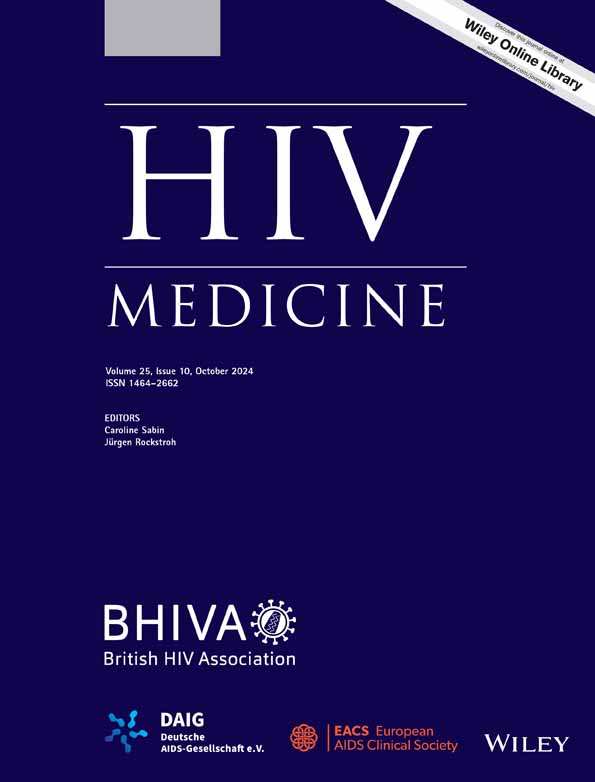Clinicopathological concordance of mucocutaneous manifestations in people living with HIV: A cross-sectional study
Abstract
Objective
To describe the frequency and clinicopathological concordance of mucocutaneous manifestations in people living with HIV (PLWH) and its correlation with CD4+ T lymphocyte count and HIV viral load.
Methods
Cross-sectional study of patients diagnosed with HIV infection who underwent skin biopsy for histopathological study from 1992 to 2022. Skin diseases were categorized as opportunistic and sexually transmitted infections, inflammatory dermatoses, benign cutaneous neoplasms, and premalignant and malignant cutaneous neoplasms. Clinicopathological concordance was classified as complete, partial or discordant. Frequency of skin diseases are presented by category and according to lymphocyte CD4+ count and HIV viral load.
Results
A total of 659 patients were included of whom 88.5% (n = 583) were male. The most frequent diagnostic category was opportunistic or sexually transmitted infections in 34% (n = 224) and the most frequently found condition was Kaposi sarcoma in 17% (n = 112). Clinicopathological concordance was complete in 53.7% (n = 354) of cases, partial in 26.7% (n = 176) and discordant in 19.6% (n = 129). Among the 282 patients with available serological data, 58.9% (n = 166), 23.8% (n = 67) and 17.4% (n = 49) had CD4+ counts below 200, between 200 and 499, and above 500 cells/μl, respectively.
Conclusions
Although there is a high variability in skin conditions which people with HIV may present, there was a high rate of clinicopathological concordance (80.4%). We emphasize the importance of diagnostic skin biopsies due to their diverse morphological presentation. The frequency of skin diseases in PLWH depending on different clinical settings should aid the clinician in reaching an adequate diagnosis in this population.
CONFLICT OF INTEREST STATEMENT
The authors declare that there are no conflicts of interest associated with this research.




